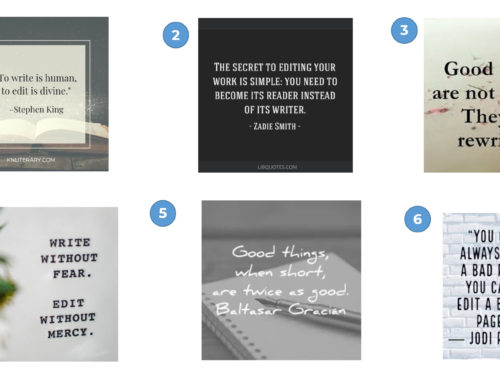
Writing personal profiles or stories for your newsletter or website is a great way to market your nonprofit, while also recognizing the experiences and contributions of a single person. Those contributions can come in many forms, whether as a program participant, supporter, influencer, or volunteer.
When I first started working in nonprofit communications, I wrote a lot of donor profiles for clients. For example, nonprofits wanted to tell nice stories about their individual major donors and acknowledge their generosity, while highlighting the organization’s accomplishments. In other words, I was asked to write a version of “Jane Donor made The Nonprofit the sole beneficiary of her estate because we did Some Great Things and now we can do More Great Things with her support.”
I learned a lot about writing personal profiles, especially donor profiles, over the years. It can be tricky to write these well without it sounding like pandering. Too many donor profiles suffer from one of these four problems.
4 Common Problems When Writing Personal Profiles
1. Tedious Bio Syndrome. It’s the narrative equivalent of a resume. Or worse, it starts when they were born. Total snoozer.
2. Too Shallow and Wide. The profile brushes over so many different aspects of the person’s life that we don’t get enough interesting detail about any of them. The cardboard cutout equivalent of a human being.
3. Gushing Flackery. The worst kind of profile that is so obviously written just to kiss up (OK, we know you are just trying to say Thank You, but really, it’s too much). Be nice to your VIPs, but don’t overdo it.
4. Mildly Entertaining, But Pointless. It might be a nice story, but why are you telling it? If your reader doesn’t understand why you are telling her about this person and how it is supposed to make her feel or what it is supposed to motivate her to do herself, then what’s the point?
Five Ways to Get at Better Stories for Your Personal and Donor Profiles
Instead, use these five tips to get a real human-interest story and accomplish your marketing/fundraising goals too.
1. Ask open-ended questions. Whether you interview the person by email, phone, or in person, ask many open-ended questions that are impossible to answer in one or two words. You want to generate answers you can work with and build a story around.
2. Ask enough questions to generate more material than you need. For a 500-word profile, I’d ask 7-10 questions, and if the person is replying over email, I’ll ask them to shoot for 50-100 words per answer. That will usually give me enough background, facts, and quotes to pull together a good first draft, after adding the organizational info.
3. Don’t use everything you get. I rarely use everything a profile subject says or writes, because half of it is irrelevant to the particular story angle. Use the details and quotes that support the story you are telling about this person and the connection to your organization.
4. Keep the biographical stats to a minimum. A profile isn’t a biography. Include enough personal details to get a general sense of who this person is, but don’t let it drag out into a whole life story. Let readers know enough personal details to visualize the person in their mind’s eye. For example, you might want to provide clues about the person’s age if you don’t say it outright. Also be clear about their connection to the organization (volunteer, donor, client, etc.).
5) Include several quotes. Let the profile subject talk about how great your organization is and the wonderful work you are doing in his or her own words. They’ll mean more coming from the person than if you said them yourself. I always ask donors, for example, “Why did you first get involved with The Nonprofit?” and “Why do you continue to support the work they are doing now?” Both questions usually produce a great quote to include in a profile.
Here’s some additional advice you might find helpful:






